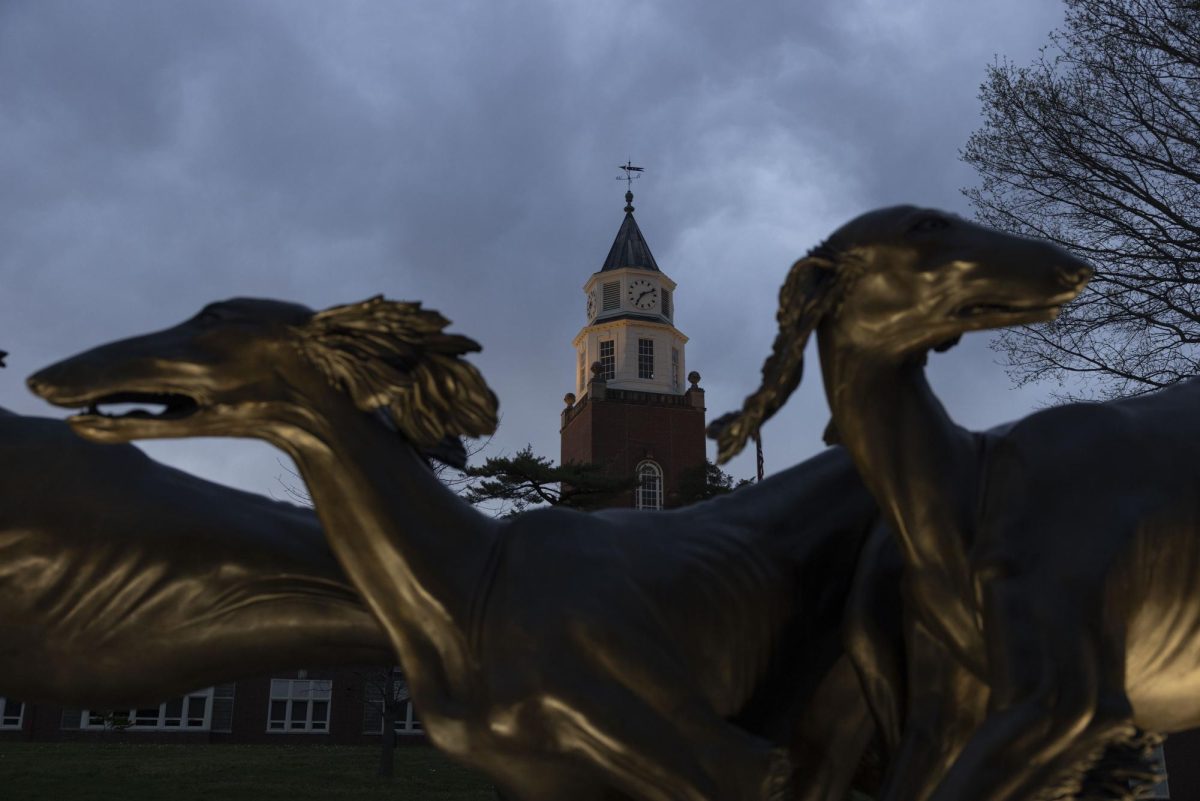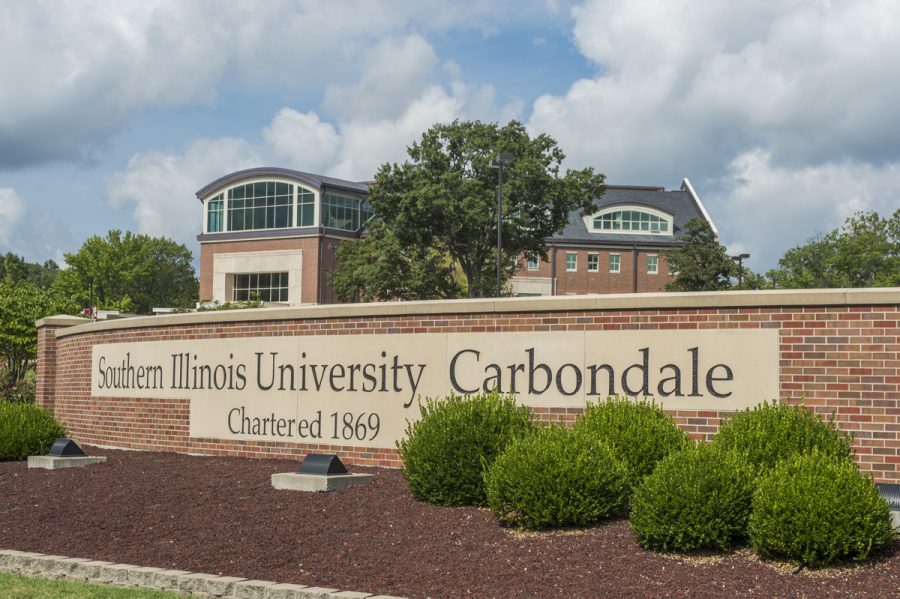The average summer temperature in Siberia has been higher during the 20th century than any period since the Middle Ages, researchers have determined, and Siberia has seen 1 degree Celsius above the average summer temperature of previous decades since 1980, said Phillip Jones of the University of East Anglia in Britain, who with colleagues reported the findings in the July 13 Nature.
July 25, 1995
Jones and his colleagues studied tree-ring-based reconstruction of average temperatures over the northern Urals since the early 10th century and weather station documentation of average summer temperature during this century. Weather station records showed that Siberia has warmed more than any other parts of the world since 1980 and certainly is contributing to the world average temperature, Jones said. He noted that the reduced high atmospheric pressure intensity in Siberia, Mongolia and Northern China has allowed more warmer European and Atlantic air to enter Siberia, causing snow to melt sooner and allow air to warm quickly.
The researchers collected samples of both living and ancient Siberian larch trees to analyze climate change over the northern Urals from 914 to 1990.
The average summer temperature of the 20th century appears to be the warmest over the past 1,000 years, the report said. But it is too early and Siberia is not warm enough to say that the rising temperature has been caused by (increased concentrations of) greenhouse gases in the atmosphere, said Keith Briffa, one of the authors.
Advertisement
Advertisement








